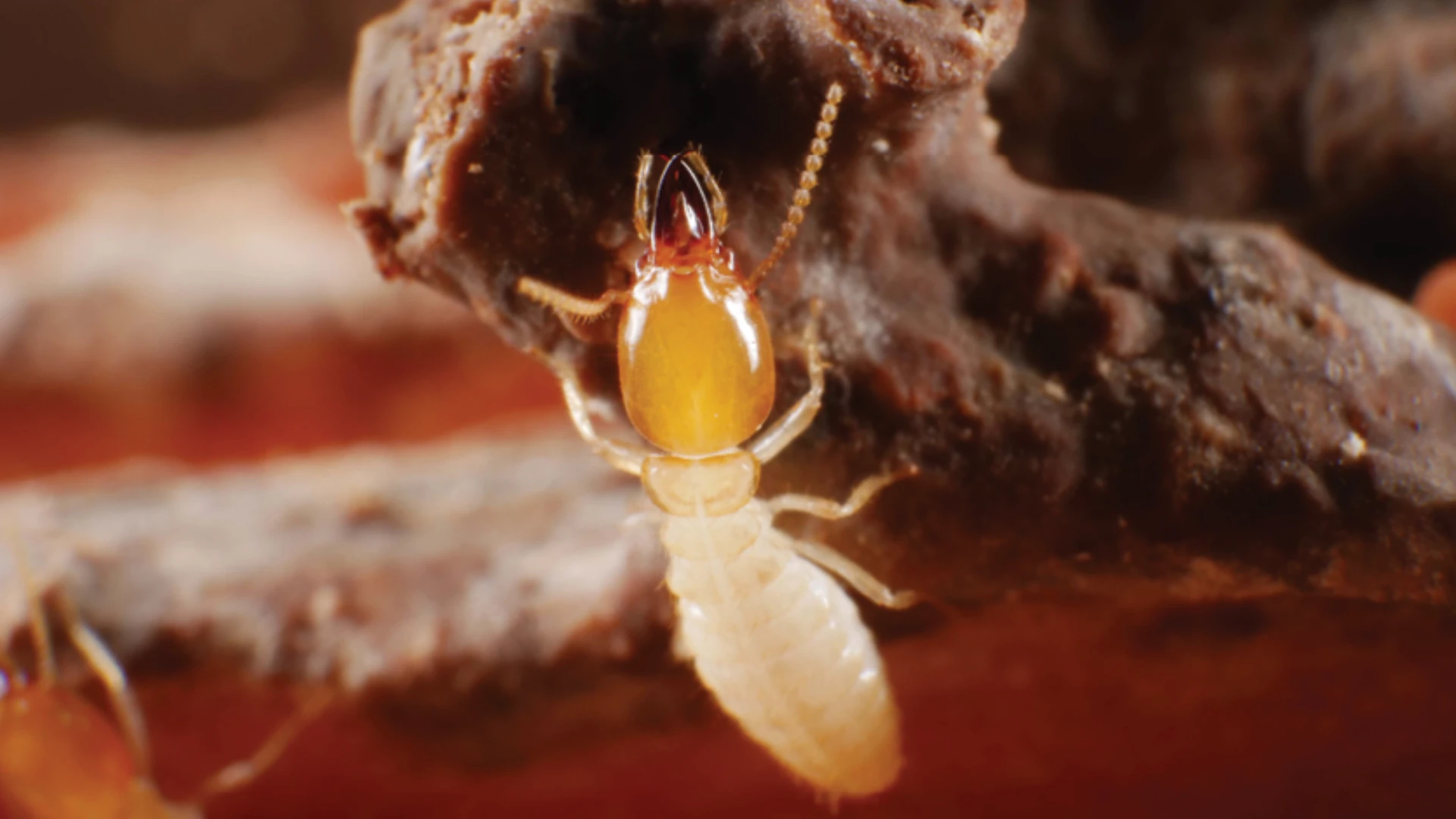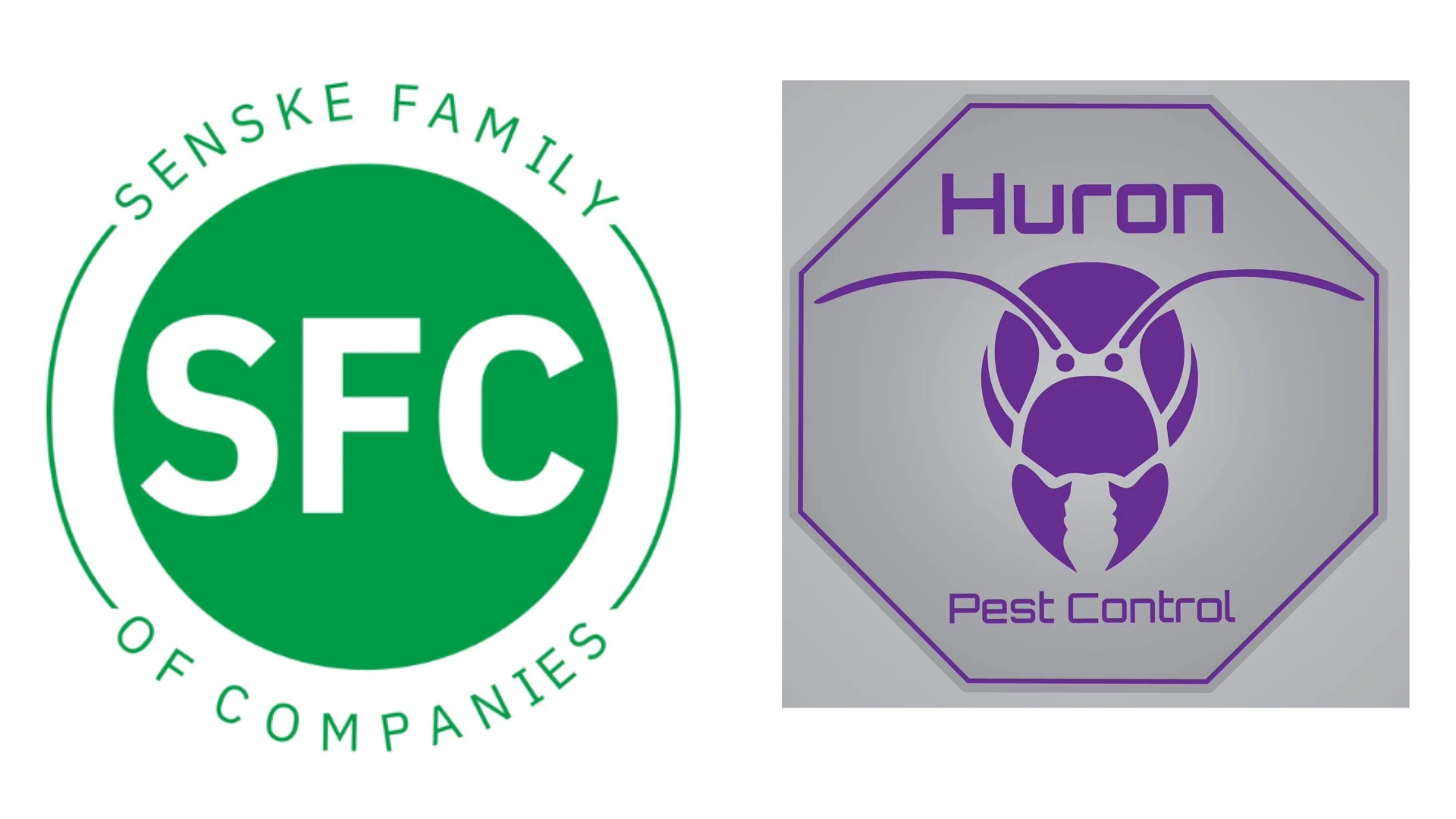Journal article by Susan Jones, Tyler Eaton, Huenegal Ferguson and Olimpia J. Ferguson; article adapted for PCT by Dan Austin

Until recently, the presence of the Formosan subterranean termite (Coptotermes formosanus) in the Caribbean Basin was not fully explored. Its presence was confirmed by a recent study published in the Journal of Entomological Science titled “Formosan Subterranean Termite Established in Grand Bahama,” which was conducted by Susan C. Jones, professor, Department of Entomology, The Ohio State University, and co-authored by her colleagues Tyler D. Eaton, Huenegal S. Ferguson and Olimpia J. Ferguson. The study confirmed the establishment/expansion of the invasive Formosan subterranean termite in the Bahamas.
Formosan subterranean termites were originally identified in 2010 during the inspection of a commercial building in Freeport, Grand Bahama, by Hue Ferguson, owner of Budget Pest Control, the largest pest management company on Grand Bahama. Additional infestation sites were identified based on samples collected by and records of the same pest management company, which provides services to the entire island and cays.
As maritime activities play an important role in the spread of termites, infestations are often found near marine docks and infested boats. Most of the infestation sites were found in the general vicinity of Lucaya Beach and the Port Lucaya Marina in southcentral Freeport. The marina or inlet may be the initial introduction site of the Formosan subterranean termite on Grand Bahama. Three additional infestations farthest from the marina were likely spread by humans. In the United States, the Formosan subterranean termite is primarily spread through infested wood, especially through railway ties, potted plants and furniture.
To make a positive identification, soldier, worker, male and female termite alate samples were collected and confirmed to be Formosan subterranean termites through physical characteristics and various other scientific methods, including DNA testing. Genetic analyses indicated that samples of C. formosanus from Freeport, Grand Bahama, genetically grouped with species samples from China, Japan, Taiwan and the continental U.S., including Florida, Georgia and Louisiana. This low genetic diversity is a characteristic of invasive populations of many termites, ants and other insects.
MATURE COLONIES. The presence of termite alates (swarmers) is significant as this indicates a mature colony. Colonies of the Formosan subterranean termite can take 5 to 10 years to begin producing alates. The colony’s discovery occurred five years before swarms were recorded, indicating its presence most likely was detected shortly after its introduction to Grand Bahama.
A week after the first collection of alates in May 2015 from a swarm at a residence in Arden Forest, a subdivision inland from the marina, numerous swarmers, soldiers and workers were collected from a condominium approximately 1.25 miles away. It is highly unlikely that swarmers were blown toward the condo, as wind is generally from another direction at that time of year, indicating a separate, independent infestation.
HYBRIDIZATION A CONCERN. The Asian subterranean termite (Coptotermes gestroi), found in tropical regions, is widely distributed throughout many Caribbean islands and is the sole representative of the genus in the Turks and Caicos archipelago — the two groups of islands closest to the Bahama Archipelago. Formosan subterranean termites are found in temperate to subtropical regions and are widespread in the southern United States.

In the continental U.S., these two species are found in the same geographic area only in South Florida. Although the Asian subterranean termite has been found on two islands of the Turks and Caicos archipelago (Grand Turk and Providenciales), it has the potential to spread and establish on Grand Bahama.
Termite swarms allow the potential for crossbreeding or interbreeding of closely related species. Based on concurrent swarms of both Formosan subterranean and Asian subterranean termites observed in south Florida (recorded only in 2013 and 2014), researchers at the University of Florida found that male alates of the Asian subterranean termite showed a mating preference for Formosan subterranean termite females. This is a concern as the crossbreeding of these two invasive species may result in a viable hybrid, which may be particularly vigorous, as they demonstrated in laboratory tests. The fertility of the resulting hybrid is currently unknown.
One particular genetic test of Formosan subterranean termites provides insights into both parents and can reveal a possible hybrid between Formosan subterranean (C. formosanus) and Asian subterranean (C. gestroi) termites. The Formosan subterranean termites found on Grand Bahama were not a hybrid of these two species.
Dan Austin is a Florida-based freelancer.


Explore the February 2019 Issue
Check out more from this issue and find your next story to read.
Latest from Pest Control Technology
- How Did This Pest Get Its Name?
- Rose Pest Solutions Honors Top Performers with Annual Chief’s Club Awards
- Doug Foster on Termite Control Equipment, Resources
- Pest Control Consultants Acquires EcoGuard Pest Control
- Pest Index Increased 9 Percent YOY in February
- PPMA Releases 2024 Annual Report Themed 'Leveling Up Awareness, Growth and Impact'
- Good News Pest Control Acquires Walsh Pest Control
- Aruza Pest Control Appoints Justin Bellet as Chief Operating Officer






